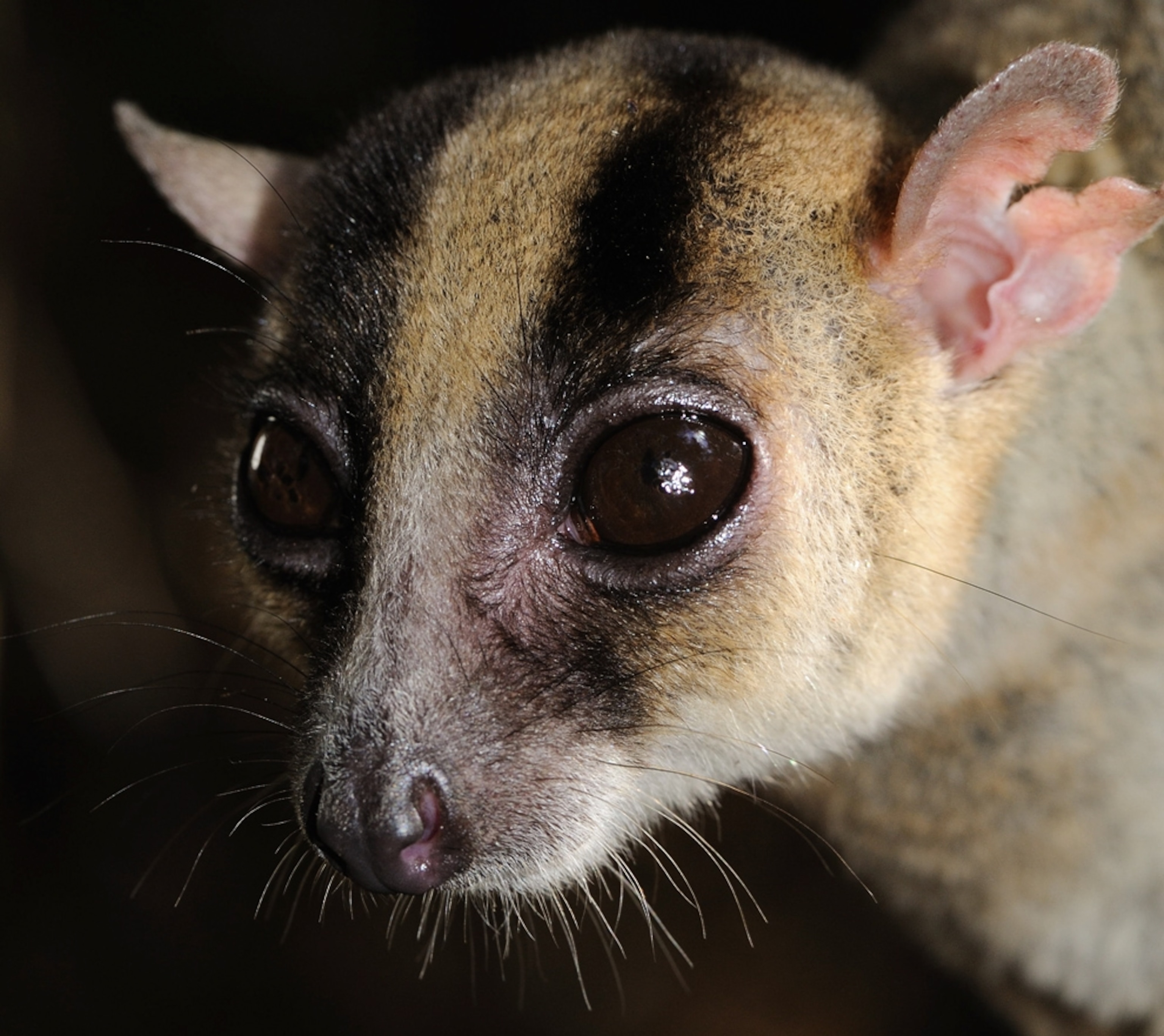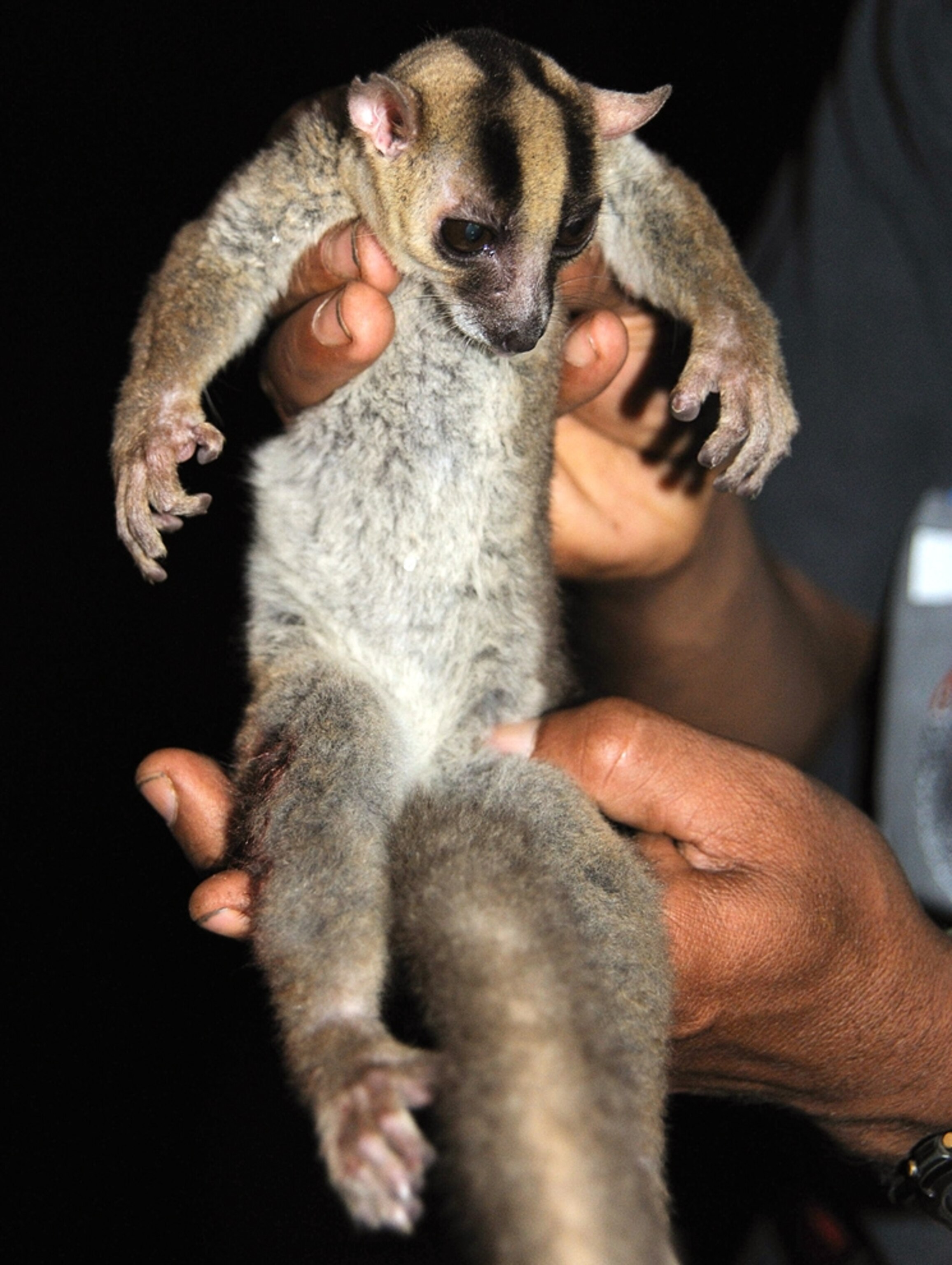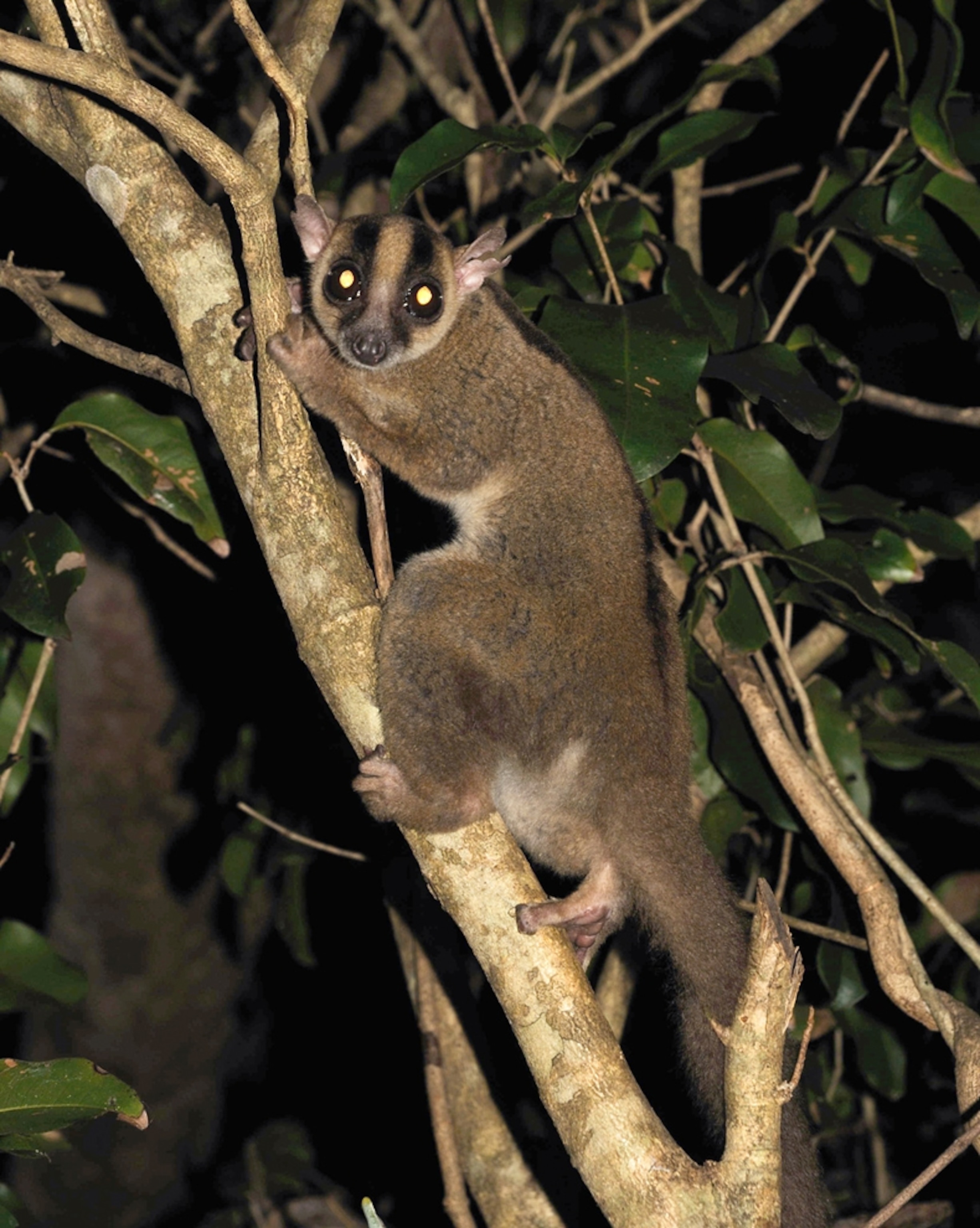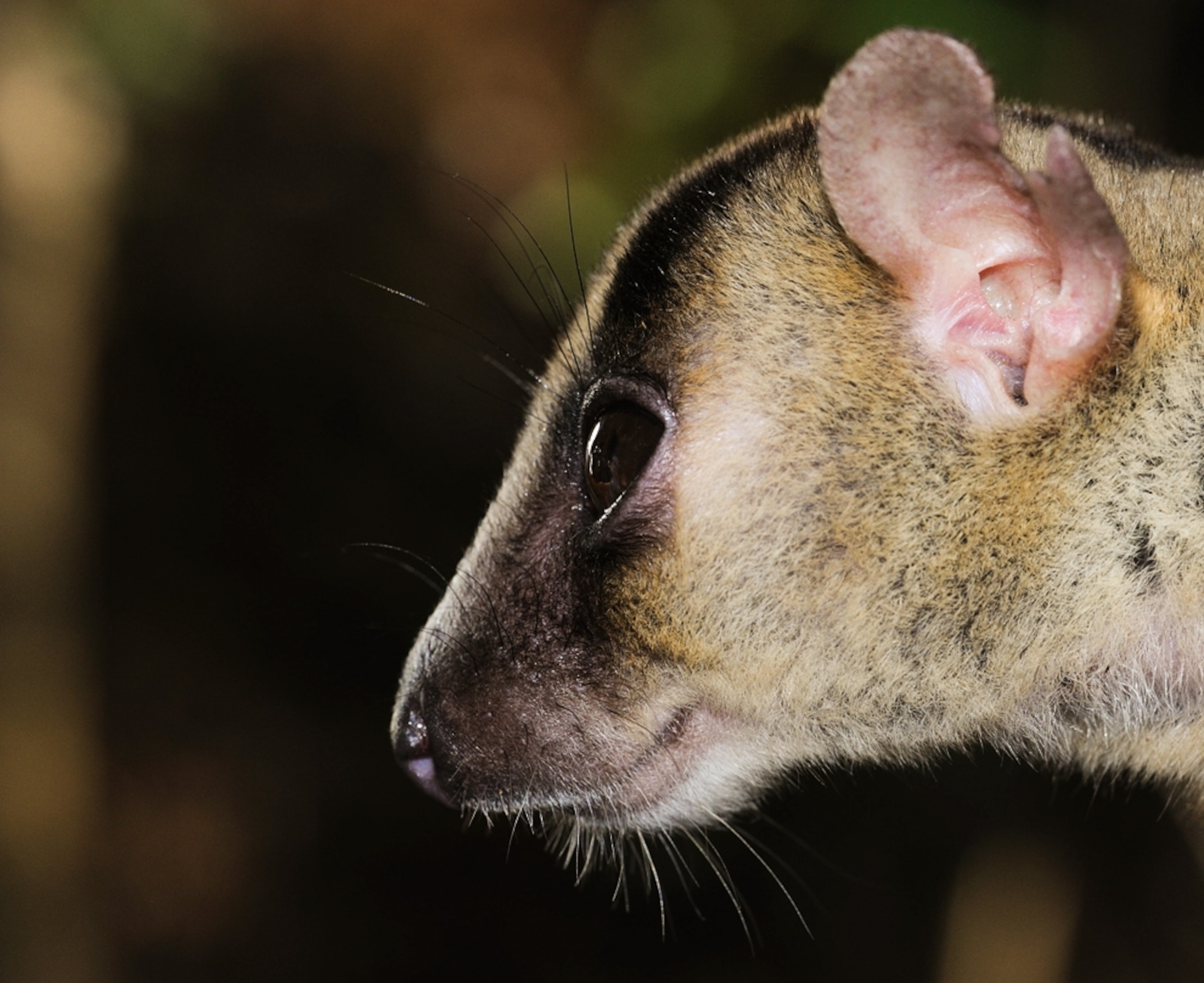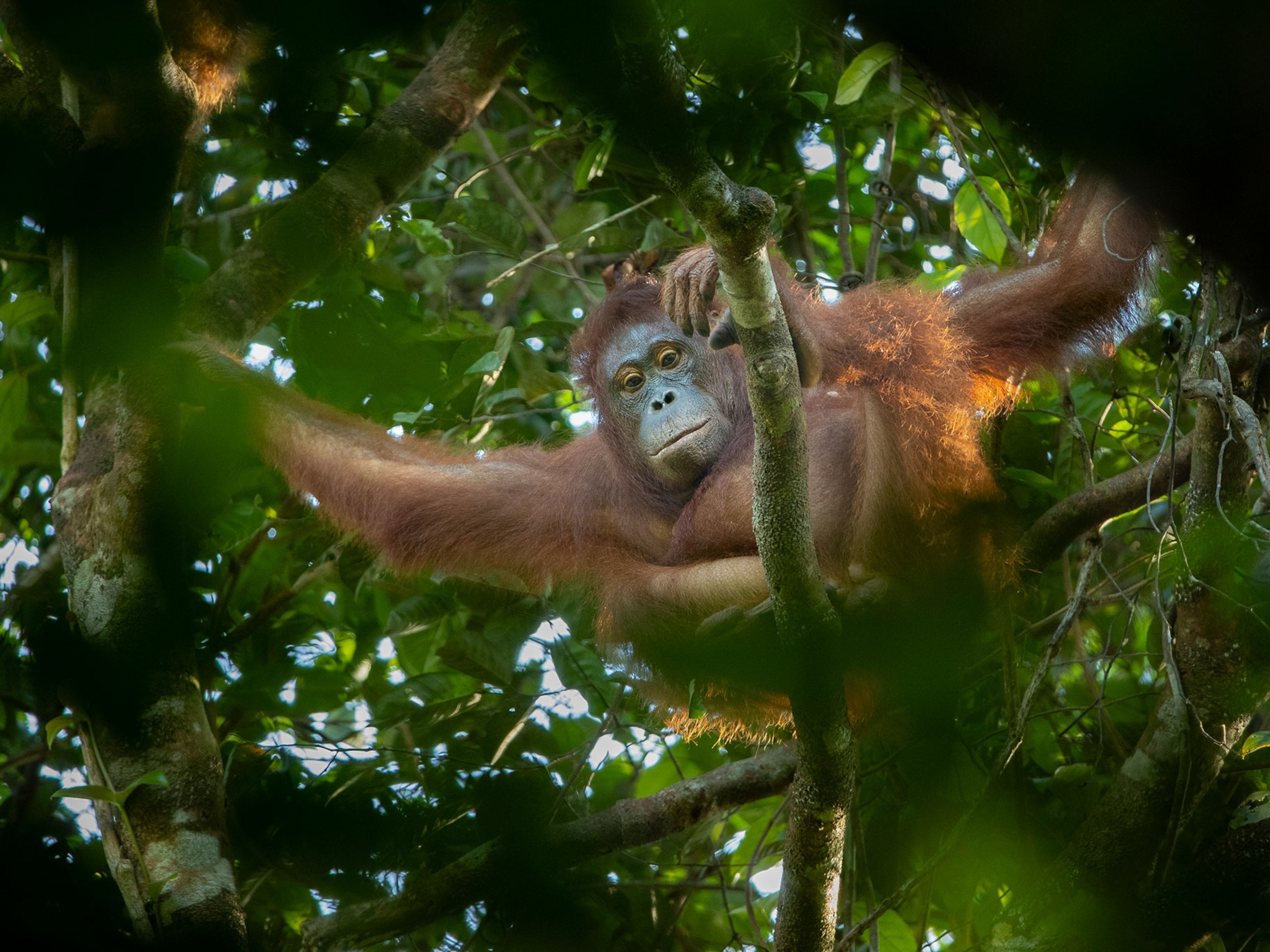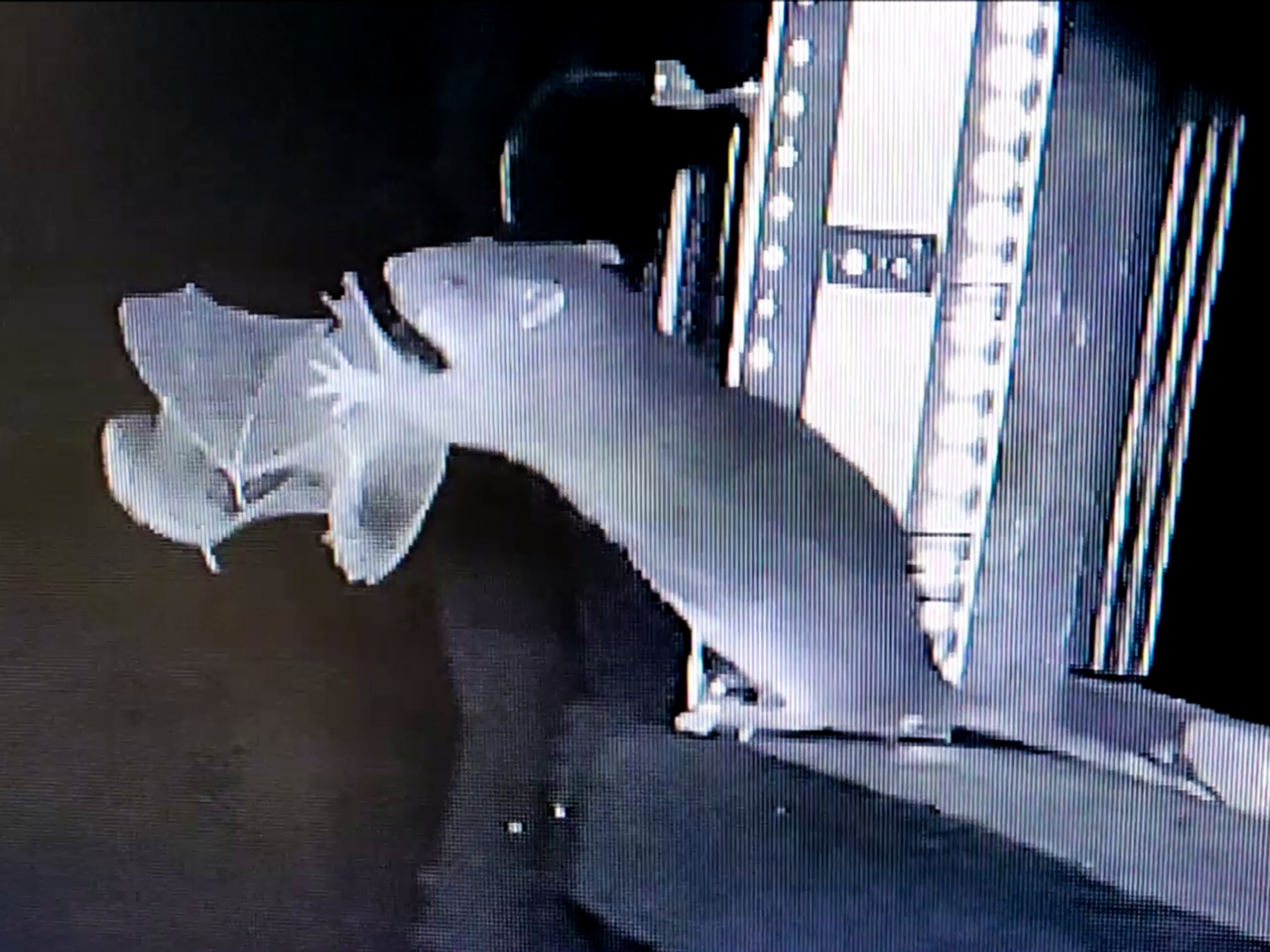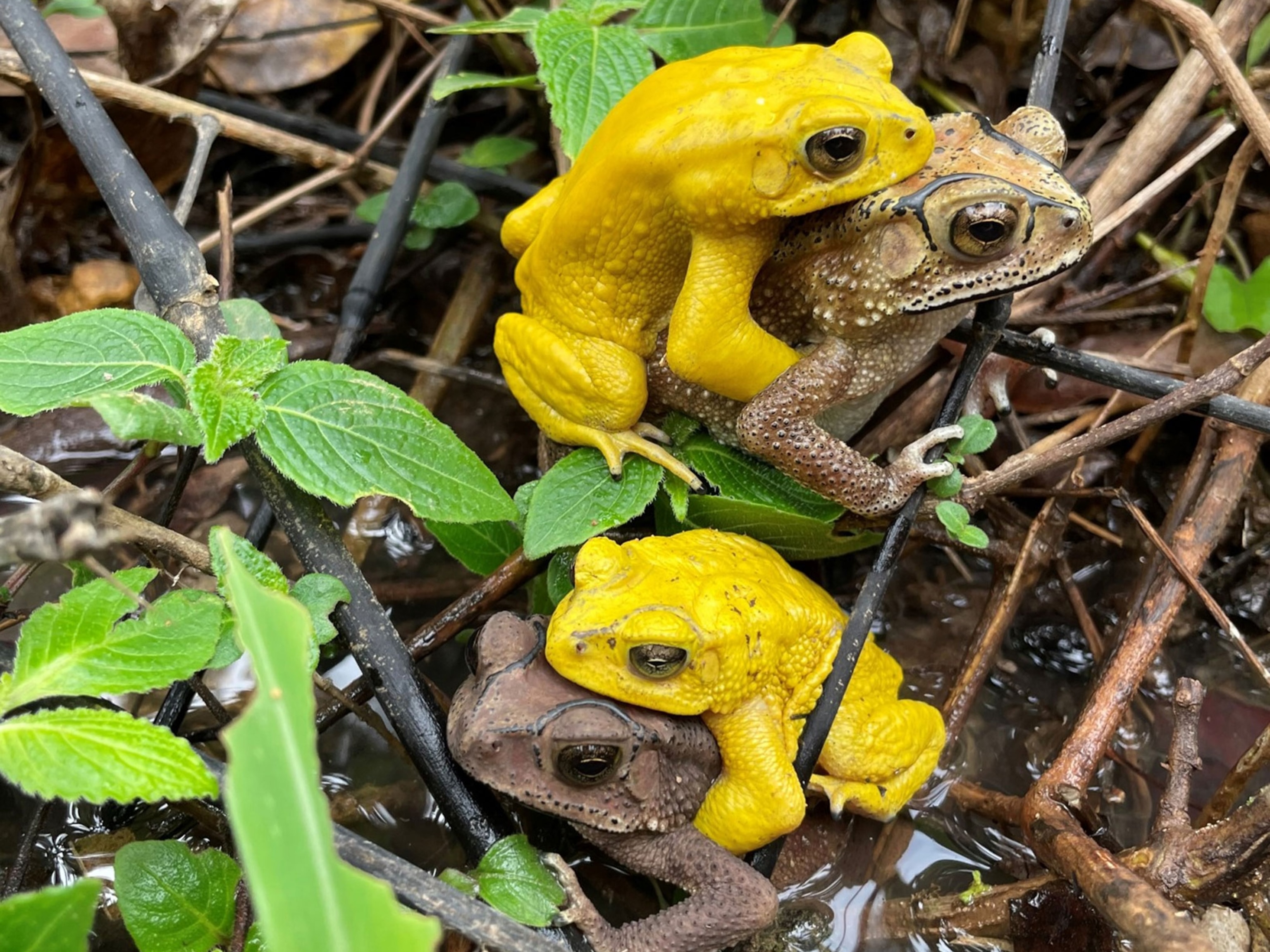Photograph by Russell A. Mittermeier, Conservation International
Pictures: New Head-Bobbing Lemur Found in Madagascar?
Meet the new rock star of Madagascar: an odd lemur species with head-bobbing theatrics, a high-pitched call, big feet, and a long tongue.
December 17, 2010
